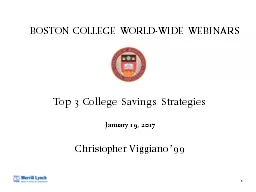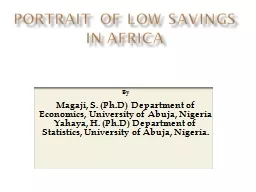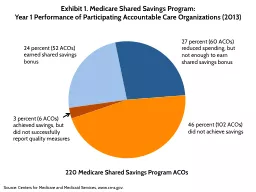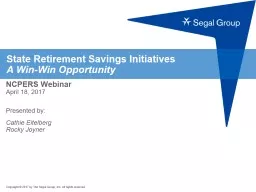PPT-Top 3 College Savings Strategies
Author : tatyana-admore | Published Date : 2017-03-16
January 19 2017 Christopher Viggiano 99 BOSTON COLLEGE WORLDWIDE WEBINARS Boston College Alumni Webinar January 19 th 2017 Presented by Christopher Viggiano CFA
Presentation Embed Code
Download Presentation
Download Presentation The PPT/PDF document "Top 3 College Savings Strategies" is the property of its rightful owner. Permission is granted to download and print the materials on this website for personal, non-commercial use only, and to display it on your personal computer provided you do not modify the materials and that you retain all copyright notices contained in the materials. By downloading content from our website, you accept the terms of this agreement.
Top 3 College Savings Strategies: Transcript
Download Rules Of Document
"Top 3 College Savings Strategies"The content belongs to its owner. You may download and print it for personal use, without modification, and keep all copyright notices. By downloading, you agree to these terms.
Related Documents














